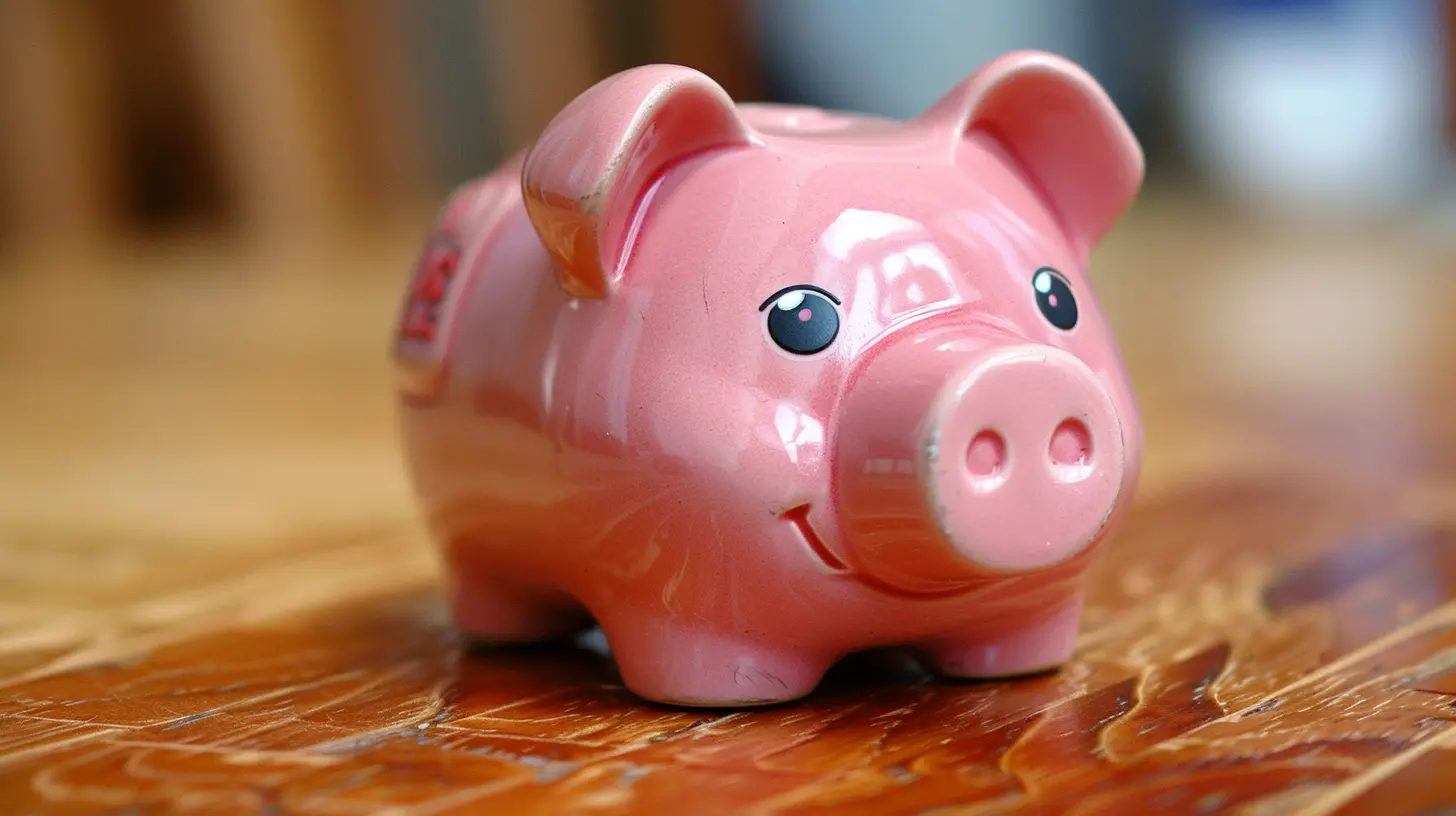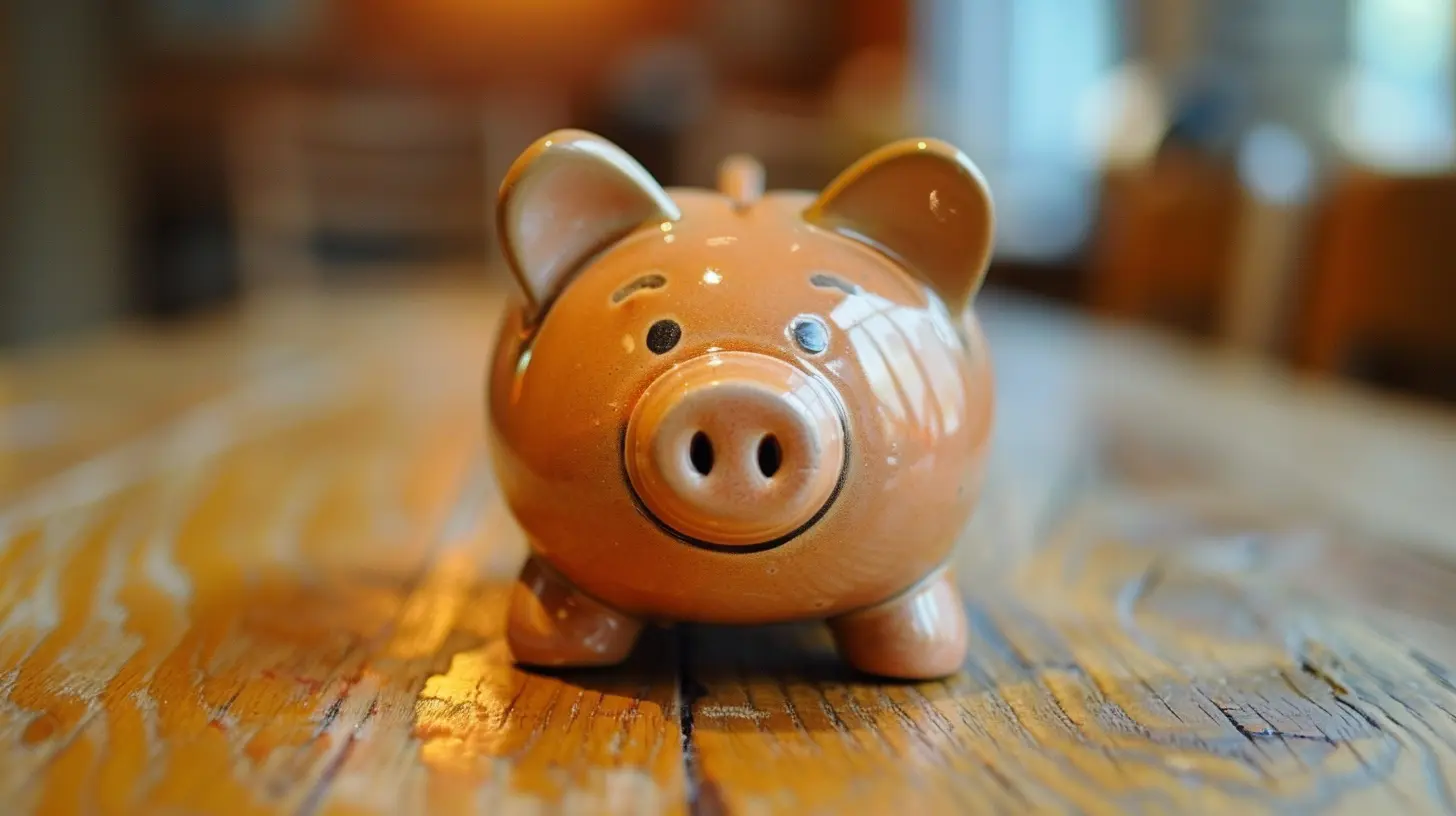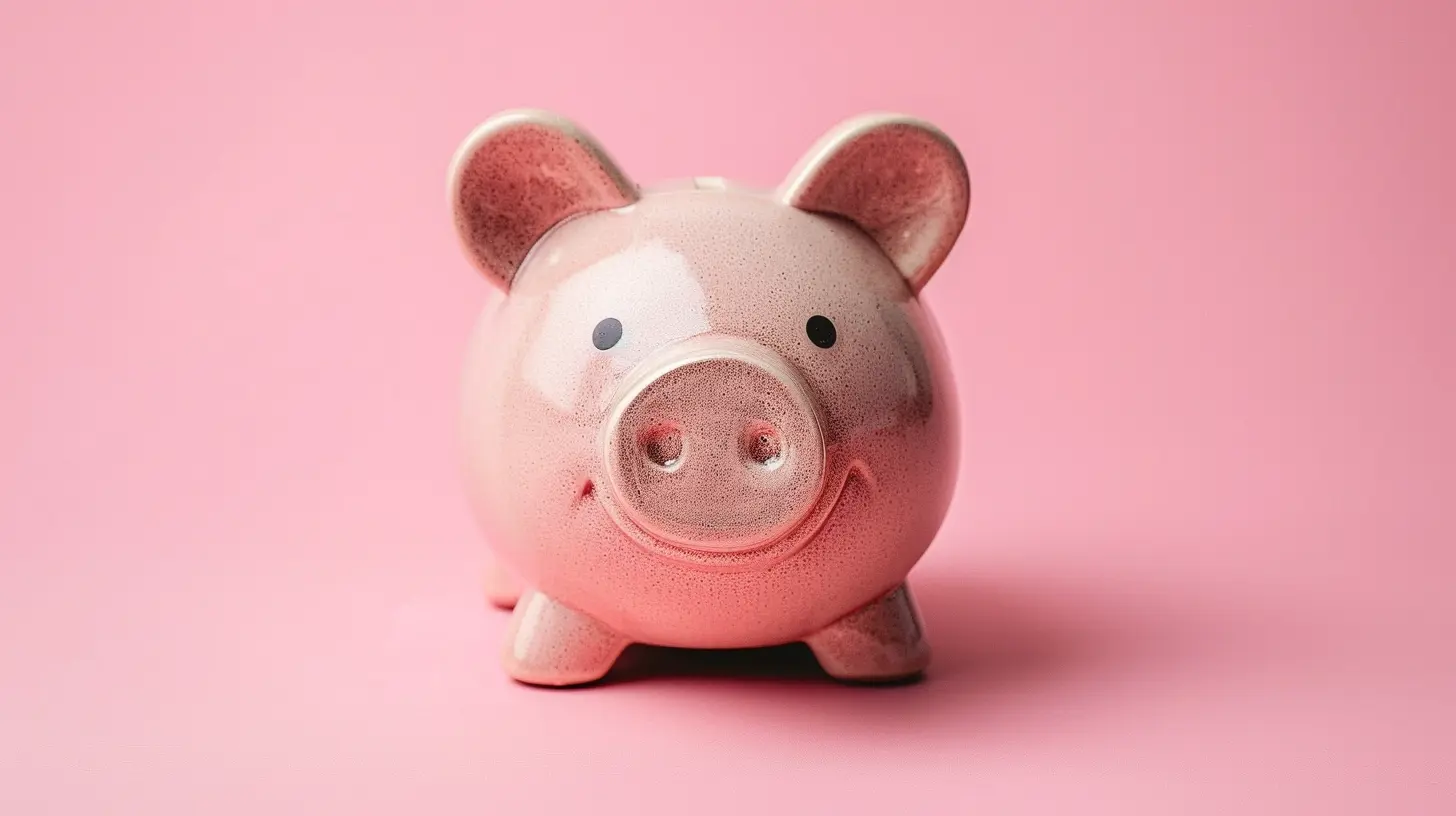Easy Ways to Lower Your Monthly Utility Bills
28 July 2025
Let’s face it—monthly utility bills can be a real pain. You open that envelope (or check online) and feel your stomach drop. "How did my bill get so high again?" If that sounds familiar, don't worry—you’re not alone. The good news? Cutting down on utility costs doesn't have to mean living by candlelight or freezing in the winter.
With a few smart tweaks, you can slash those bills and keep more money in your pocket. Ready to start saving? Let’s dive in!

1. Switch to Energy-Efficient Lighting
Still using old-school incandescent light bulbs? It’s time to make the switch. LED bulbs use at least 75% less energy and last longer—sometimes up to 25 times longer! That means less frequent replacements and lower electricity bills.Pro Tip:
Use smart bulbs or motion-sensor lights to avoid wasting electricity in empty rooms.
2. Unplug Devices When Not in Use
Even when they’re turned off, many devices still suck up electricity. This is called “phantom load” or “vampire energy.” TVs, chargers, coffee makers—all of them continue to drain power when plugged in.Easy Fix:
Get a power strip with an on/off switch and turn everything off when not in use.
3. Adjust Your Thermostat
Heating and cooling account for nearly half of your energy bill. But small thermostat adjustments can make a big difference.- In winter, lower your thermostat to 68°F (or lower) when you're home and turn it down at night.
- In summer, set it to 78°F (or higher) when you're home and use fans to stay cool.
Bonus Hack:
Invest in a programmable or smart thermostat to adjust temperatures automatically. Some smart thermostats even learn your habits and make adjustments for you!
4. Seal Drafts and Insulate Your Home
If your home isn’t properly sealed, it's like throwing money out the window—literally!What to Do:
- Use weather stripping around doors and windows to block drafts.- Add insulation to walls, attics, and basements.
- Close fireplace dampers when not in use.
A well-insulated home holds heat in winter and keeps cool air inside during summer, reducing the strain on your HVAC system.
5. Be Smart with Your Laundry Habits
Your washer and dryer are two of the biggest energy hogs in your home. Luckily, a few simple changes can help cut costs:- Use cold water for most washes—it cleans just as well and saves energy.
- Wash full loads instead of multiple smaller loads.
- Air-dry clothes when possible (a drying rack or clothesline works wonders).
- Clean your dryer’s lint filter after every use to improve efficiency.
6. Cut Down on Water Heating Costs
Water heating makes up about 18% of your utility bill. That’s huge! Here’s how to trim that expense:- Lower your water heater temperature to 120°F (hot enough for daily use but not scalding).
- Take shorter showers (or install a low-flow showerhead).
- Fix leaky faucets—a dripping tap can waste hundreds of gallons of water yearly.
- Consider an energy-efficient water heater if yours is old. Tankless water heaters heat water only when needed, saving energy.
7. Reduce Water Waste
Water bills can add up quickly, but small tweaks make a difference:- Turn off the tap while brushing your teeth or washing dishes.
- Install low-flow faucets and toilets—they use 50% less water!
- Water your lawn early in the morning or late in the evening to reduce evaporation.
- Use a rain barrel to collect rainwater for outdoor use.
8. Opt for Energy-Efficient Appliances
Older appliances guzzle electricity like crazy. If you have aging refrigerators, dishwashers, or washing machines, consider upgrading to Energy Star-certified models.Energy-efficient appliances use up to 50% less electricity, which means long-term savings on your bill. Though replacements can be pricey upfront, they’ll pay for themselves over time.
Smart Appliance Tips:
- Keep your fridge at 37-40°F and your freezer at 0°F for maximum efficiency.- Run the dishwasher only when full and air-dry dishes instead of using heat drying.
9. Use Ceiling Fans Wisely
Ceiling fans don’t actually cool a room—they cool people by creating airflow. However, they can help reduce reliance on AC and heating.- In summer, set your fan to spin counterclockwise (it pushes cool air down).
- In winter, reverse the direction to clockwise (it circulates warm air).
Just remember—turn fans off when leaving a room. Otherwise, you’re just wasting electricity.
10. Maximize Natural Light
Why rely on artificial lighting when you have the best light source for free—natural sunlight?- Open curtains or blinds during the day to use daylight instead of lamps.
- Use lighter-colored paints and reflective surfaces to brighten rooms naturally.
- Trim outside trees and bushes that block sunlight from entering windows.
11. Cook More Efficiently
Kitchen appliances contribute more to your utility bill than you might think. Try these tricks to save energy while cooking:- Use a microwave, toaster oven, or slow cooker instead of the stovetop.
- Match pot size to burner size—using a small pot on a large burner wastes heat.
- Keep lids on pots and pans to trap heat and cook food faster.
- Avoid opening the oven door frequently—it lets heat escape and makes your oven work harder.
12. Check for Utility Discounts and Rebates
Many utility companies offer rebates, discounts, or time-of-use plans to help customers save money. Call your provider or check online to see if you qualify for:- Off-peak energy rates (cheaper electricity during certain hours).
- Rebates for upgrading to energy-efficient appliances or thermostats.
- Discounts for low-income households or seniors.
It never hurts to ask!
Final Thoughts
Lowering your utility bills doesn’t mean sacrificing comfort. With a few smart changes, you can cut costs, reduce waste, and keep your home running efficiently.Start with small steps—switching to LED bulbs, adjusting your thermostat, and unplugging unused devices. Over time, these changes add up to major savings.
Which tip will you try first? Let me know in the comments!
all images in this post were generated using AI tools
Category:
Budgeting TipsAuthor:

Angelica Montgomery
Discussion
rate this article
1 comments
Skyler Middleton
Great tips! Implementing even a few of these strategies can make a significant difference in monthly expenses. Small changes add up, and it's empowering to take control of your budget!
August 14, 2025 at 12:24 PM

Angelica Montgomery
Thank you! I'm glad you found the tips helpful. Every small change truly makes a difference in managing expenses!


